Proper Planning Can Help with Success
If you are reading Today's Playground, you probably have a vested interest in helping or educating children. You may recall a time when you were involved in a plan devised to provide something useful and good for the children in your community, and even though you and those involved in the plan had the best intentions, the community, for whatever reason refused to embrace the project. You may have been left to wonder what went wrong.
All too often this is the case with play areas. For project planners such as park directors and school grounds managers, there is a learning curve and trial and error process when it comes to pulling off a successful playground project. For "one-time" playground planners, lack of knowledge about playgrounds, little research, and limited funding can result in a playground "lemon".
A successful playground project is a playground that gets used. By way of comparison, a " lemon" is, of course, a playground that gets little use. Just what causes a playground to be unworthy of a child's attention is not hard to determine, once the playground is in operation. The trick is to avoid the pitfalls that cause users to avoid your playground.
Public playgrounds are setting based recreation. Unlike fee-based recreation, planned programs such as city league T-ba ll or Thursday morning swimming lessons, by the nature of their setting, playgrounds should be inviting to the imagination of a child and appeal to the child's keen sense of what is fun. A playground is a child's world to explore. The events, structures, and other aspects of a play area should encompass a child's social and physical development. As parents, teachers, managers, directors, and playground professional planners, our task is to make that kind of learning and fun available in the playground setting.
LACK OF KNOWLEDGE
Today, the amount of information available on playgrounds is a hundred times what it was only a decade ago. Playground safety issues are being well addressed in the public arena and we have seen a substantial drop in injuries due to use of safety surfacing and regularly planned maintenance. Even rural America is seeing a revolution of replacing old equipment with state-of-the-art play structures engineered for safety.
But what about safety issues outside of the immediate play area? Do your patrons stay away from the playground because of the location of the play area? Is it too close to a busy street? Does it compete for patrons attention with other activities in the park, such as spectator sports where parents and other supervisors cannot see the play area nearby? I know of a playground funded by a nonprofit organization that had to be removed shortly after installation because it was too close to a fast running river. Lack of knowledge about safety and other issues outside the immediate playground area can leave you with a " lemon."
RESEARCH
If you have little or no experience planning a playground, begin research on the subject by surrounding yourself with a group of people who can help you achieve your goals. These people may include playground designers, architects, manufacturers, playground contractors, maintenance personnel and, of course, the key expert, children. It is amazing how many adults think they know what children want in a playground without consulting them. A decision to purchase a piece of play.ground equipment based only on price, or how many children can supposedly be served by a single structure, is a poor substitute for doing your homework. There are hundreds of places to look for help. This magazine, for example, is an excellent tool for planners that range from the Parent-Teacher president who may build one playground during their term, to park directors who build and maintain a dozen or more playgrounds each year. Surround yourself with professionals who specialize in play area development. Some architectural firms specialize in park development, as do many contractors. Most manufacturers of today's equipment can recommend such professionals and have representatives in your area that receive continued training about new products and safety issues. A good measuring stick is to work with persons that are certified by the National Playground Safety Institute (NPSI) and have a minimum of five years experience in the playground industry. Check the credentials of the people you depend on for a professional opinion. Call their past clients. Visit playgrounds they have built or designed.
Choosing the actual play events and, play components of a playground is the fun part of playground planning. So naturally, it is easy to get people's opinions on the subject. A field trip to area playgrounds with the children from your community could be an eye;-opening experience. By mere observation, one can see what activities and events are attracting the most attention. What looks “cool" in the catalog may not be what your kids are attracted to with the real thing. Ask the children what they liked and why. Note traffic patterns and the relationship of the playground to other activities going on nearby. Is it difficult for children to access without direct supervision? Can children of different ages and ability levels find activities and events of interest to them? Is the playground easy to access? Are the surrounding s attractive? Is the playground conducive to play by different age groups? Is there shade and drinking water nearby? What kind of safety surfacing is used? Is the playground in good condition?
Don't be tempted to make a playground purchase prematurely or hastily. There are many factors to consider when planning a playground and nothing should be overlooked. It's not a short list of factors and, at times, decisions regarding your playground may seem overwhelming. Even a playground with a small $20,000 budget can take over a year or more to materialize. If you are not willing to make such a commitment, you may find yourself left with a "lemon ."
FUNDING
Involve the community from the beginning and they will have pride in knowing that they helped with the project. They will care for the playground and utilize it because they have a vested interest in helping it come about. Make sure you are concise in your expectations of volunteer helpers. The list of dos and don'ts with regard to volunteers could fi l I volumes. Having a pre-planned budget will help focus your community on where it is going and how much effort will have to go into getting there. If your fund-raising efforts leave you a bit short of your intended goal, avoid the temptation to scrimp on quality. I am aware of a playground a community purchased that was shy of their original expectation. Instead of the heavy duty equipment they dreamed of owning, they purchased a structure more conducive to a daycare setting that gets less use and controlled, supervised use. Unfortunately, it had to be replaced after only one season, because it was not sturdy enough to hold up in a heavily used public setting.
Remember, a budget of $35,000 dollars does not buy a $35,000 playground. Often manufacturer's representatives avoid selling their customer the whole playground and what you get is the biggest "lemon" of all- a play ' structure that sits in storage because the owners lack the money and the means to finish the job. Sound familiar? I can practically see you nodding in agreement. It is a disservice and a let down to those who have served and worked so hard to buy a play structure only to find they lack the means to cement the thing in the ground. Site preparation, borders, ADA accessibility, surfacing, and playground construction all have to figure into your playground budget.
On a positive note, most manufacturer's equipment can be installed in phases. This is great for owners with small budgets and big plans. "Pay as you play" allows you to make a smaller investment up front and get immediate use of your playground while continuing to raise funds and budget for post-phases of your plan.
In closing, remember the five "P"s of playground planning: Prior Planning Prevents Poor Performance. Should you forget. .. well, Pucker up cause things may get a bit sour.

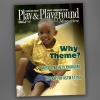


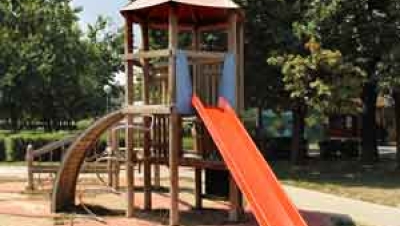
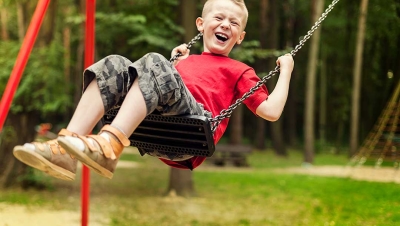
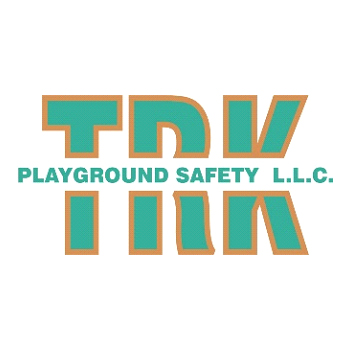
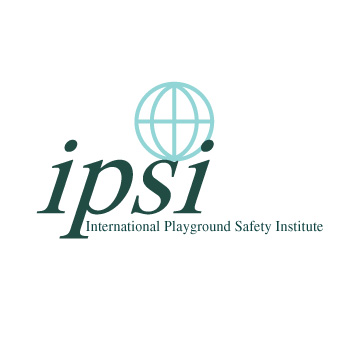

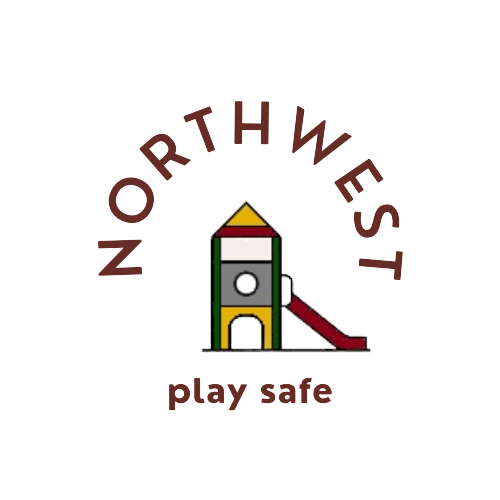
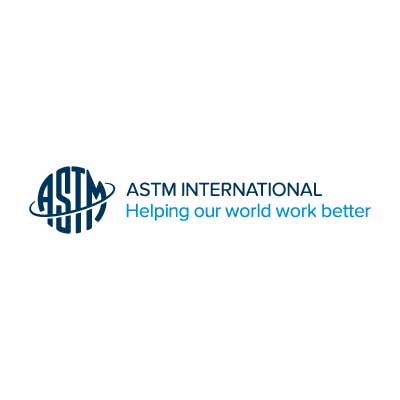
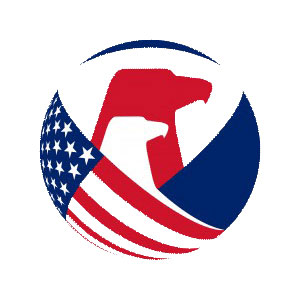
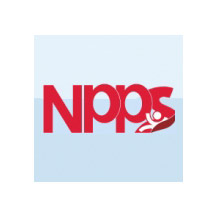
Add new comment